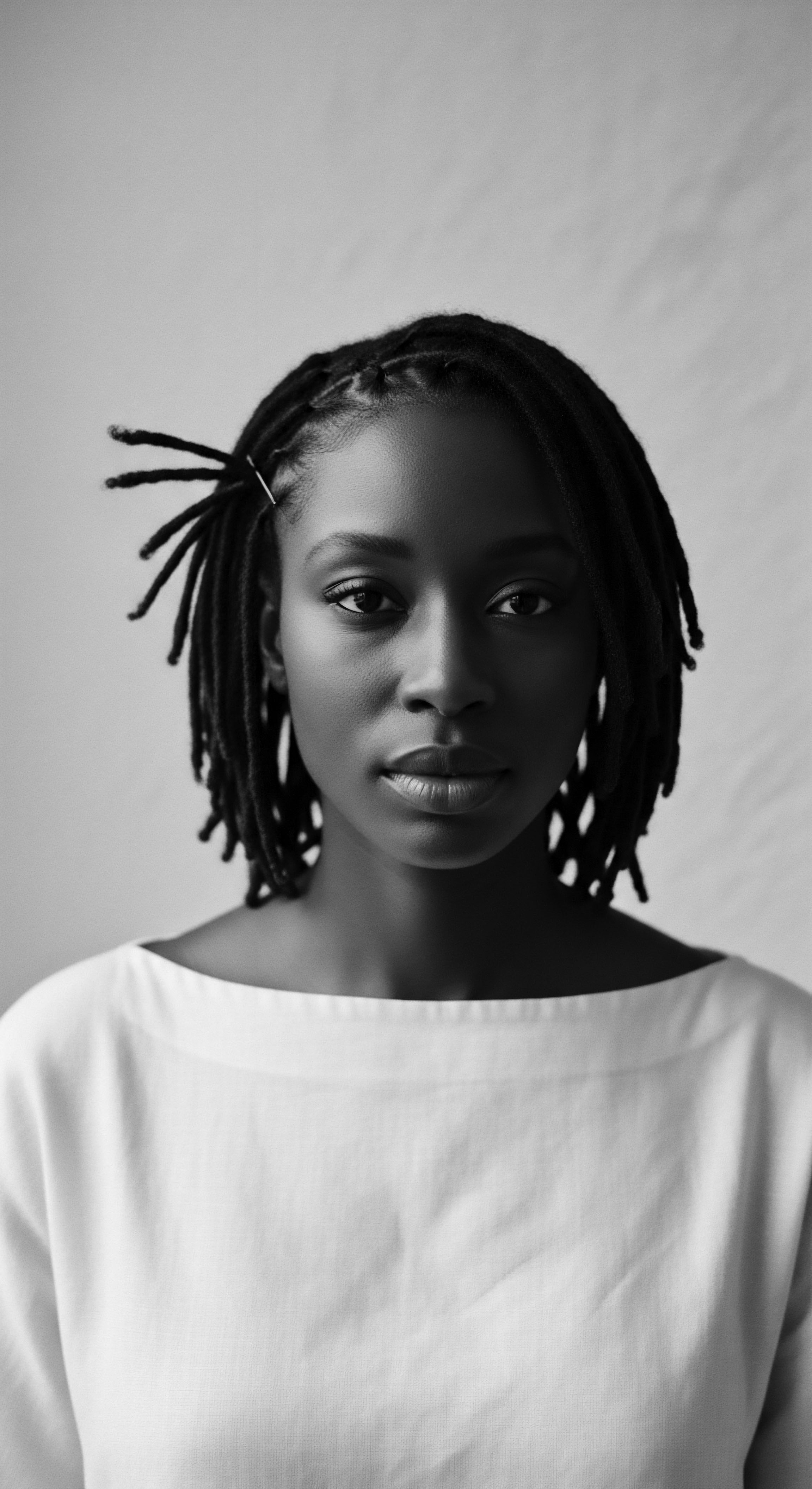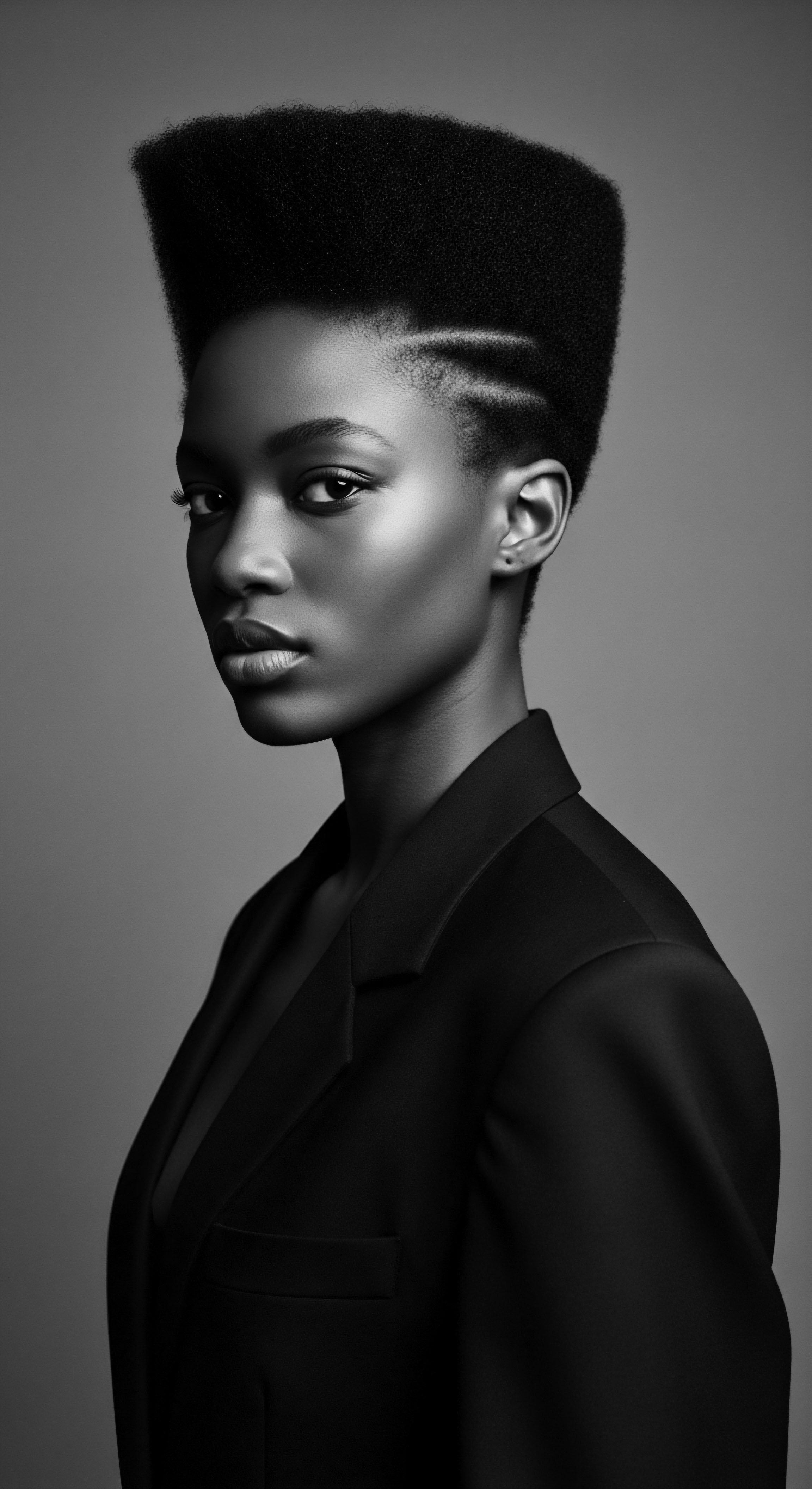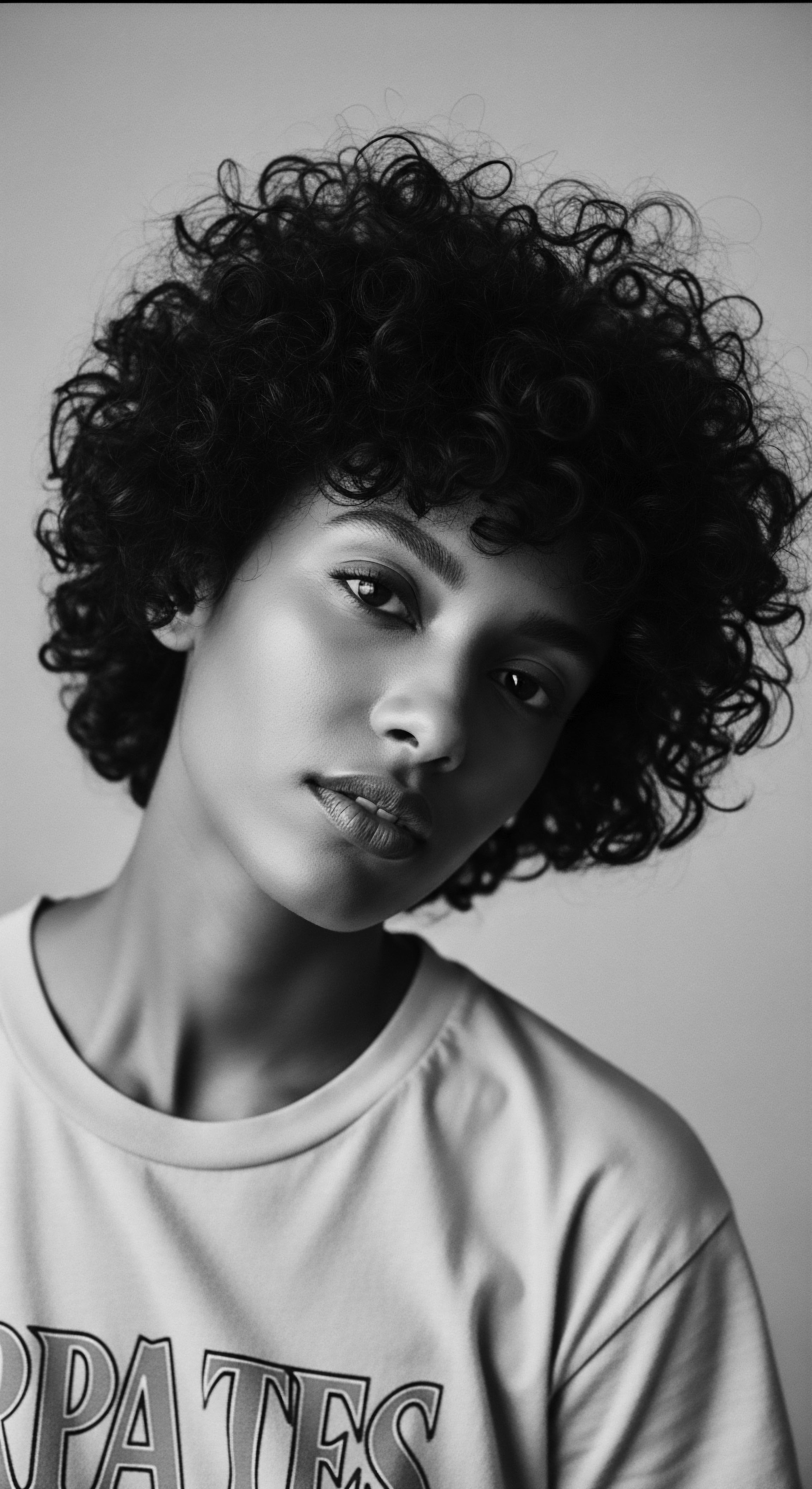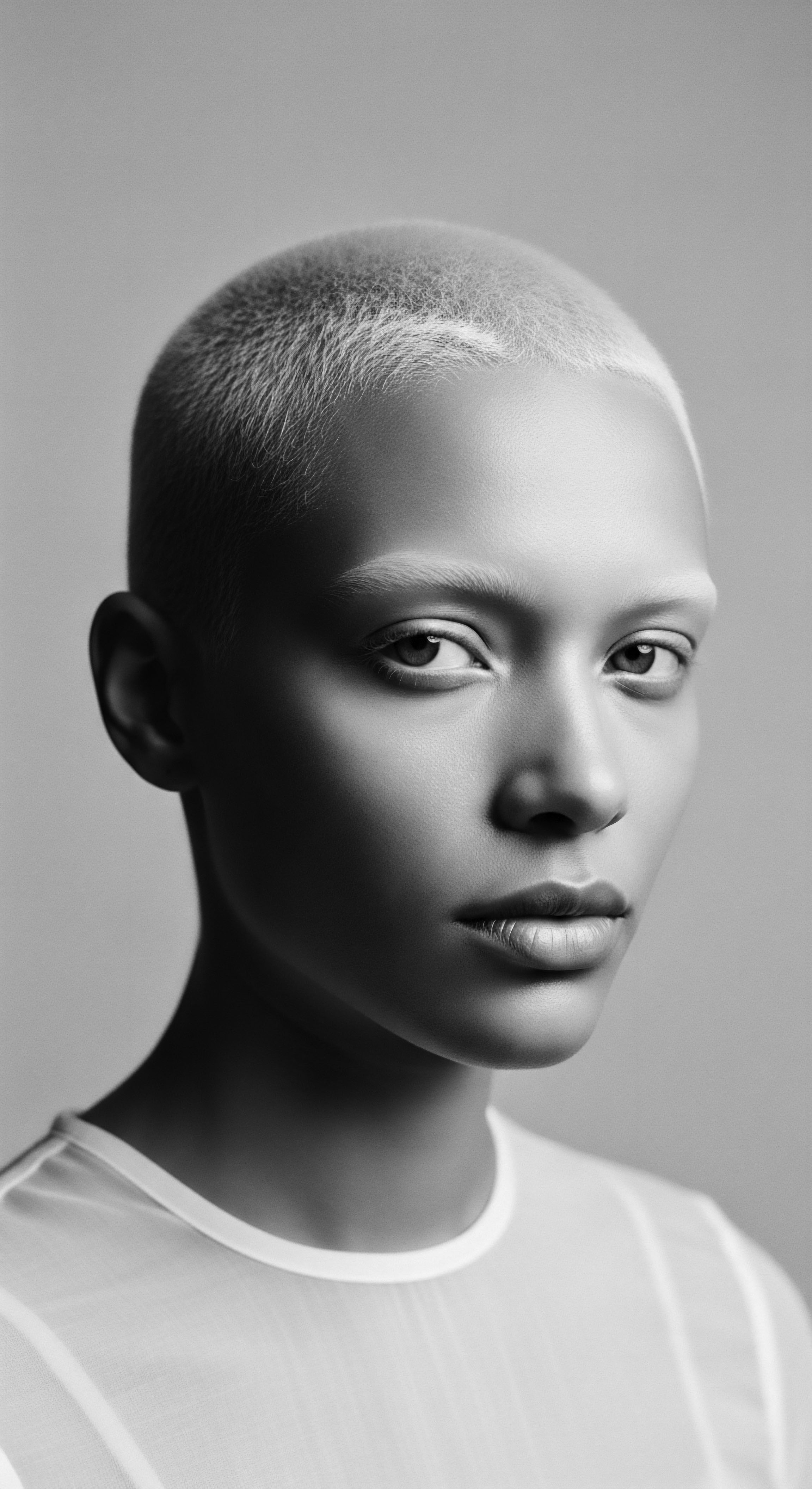
Can protective styles be worn without fear of school or work penalties?
Protective styles, deeply rooted in textured hair heritage, are increasingly gaining acceptance, though historical biases persist, necessitating ongoing advocacy and cultural education.

In what ways do historical biases continue to impact textured hair acceptance?
Historical biases continue to dictate textured hair's perceived value, distancing us from its ancestral beauty.

In what ways did colonial beauty standards influence textured hair acceptance?
Colonial beauty standards forced textured hair into submission, creating a lasting struggle for acceptance that Black and mixed-race communities now reclaim through heritage.

In what ways did historical oppression reshape textured hair acceptance?
Historical oppression forcefully redefined textured hair, twisting its heritage from cultural reverence to a symbol of perceived inferiority, leading to a profound journey of reclamation and self-acceptance.

How does ancestral heritage shape hair acceptance?
Ancestral heritage profoundly influences hair acceptance by shaping biological traits, cultural significance, and historical perceptions of textured hair.

How Do Cultural Standards Continue to Influence Textured Hair Acceptance?
Cultural standards continue to influence textured hair acceptance by perpetuating historical biases rooted in Eurocentric ideals, contrasting with hair's ancestral heritage.

